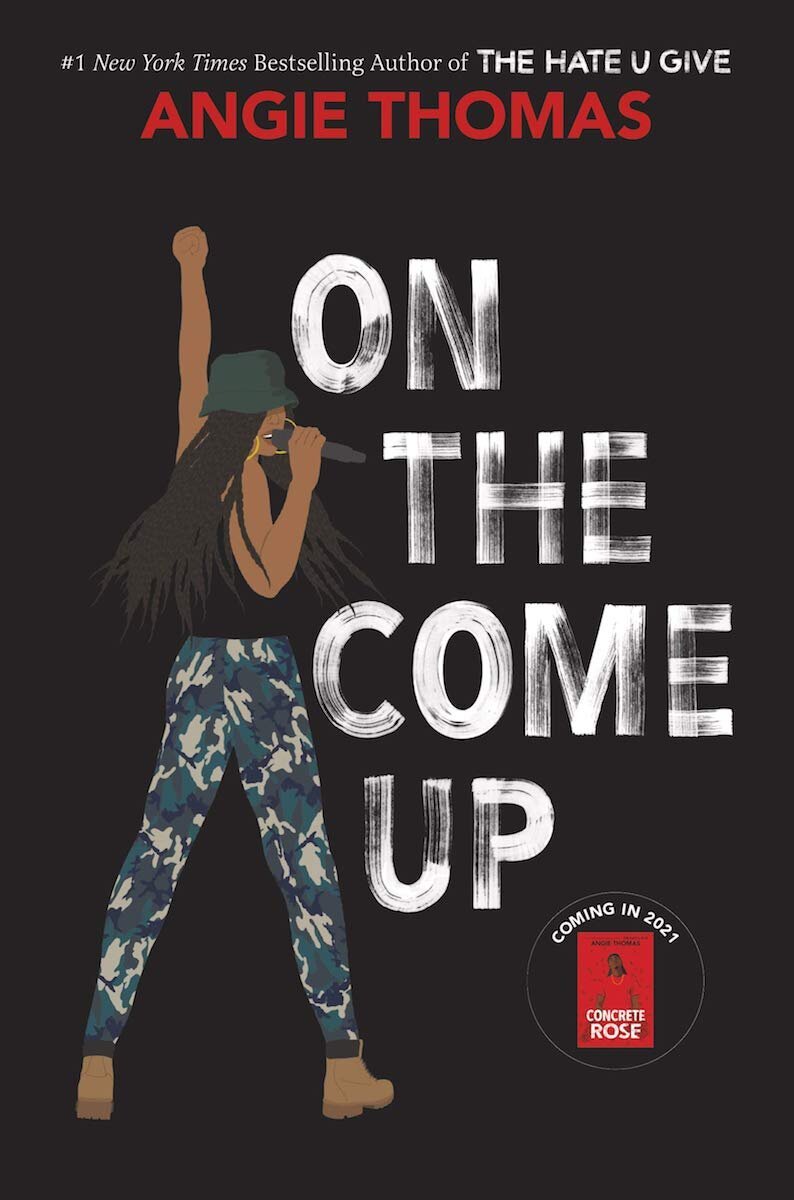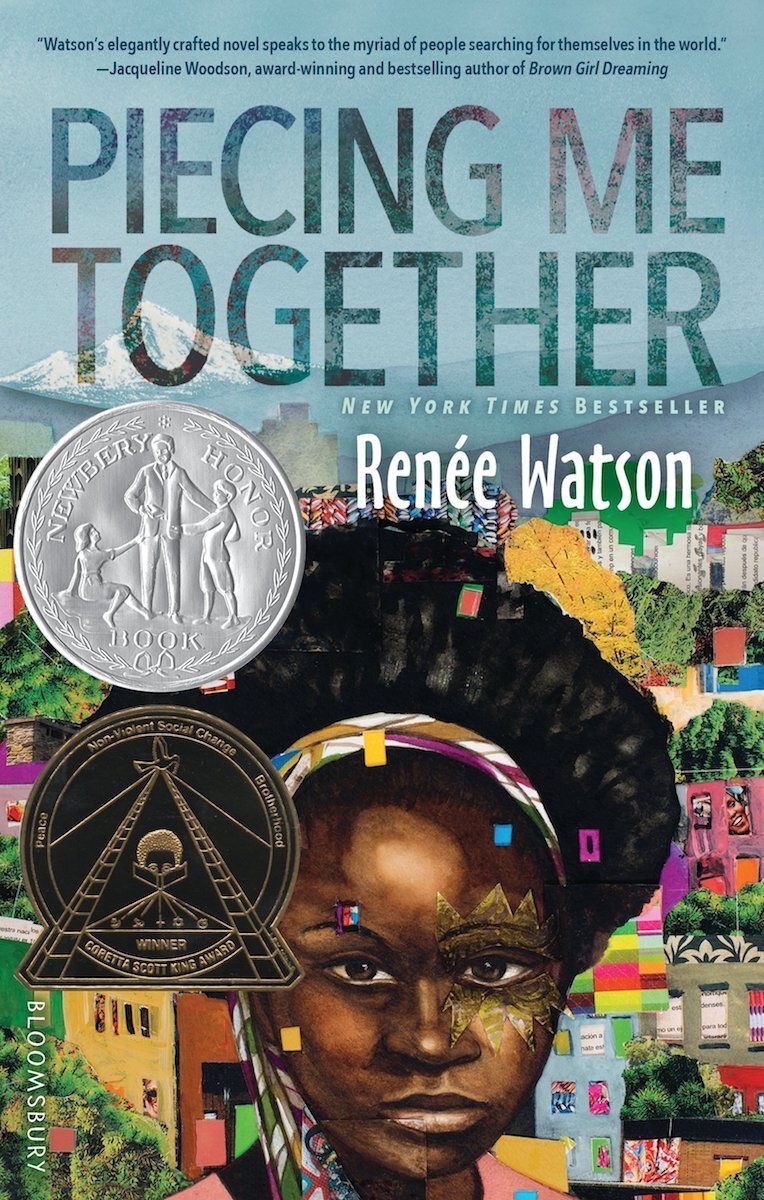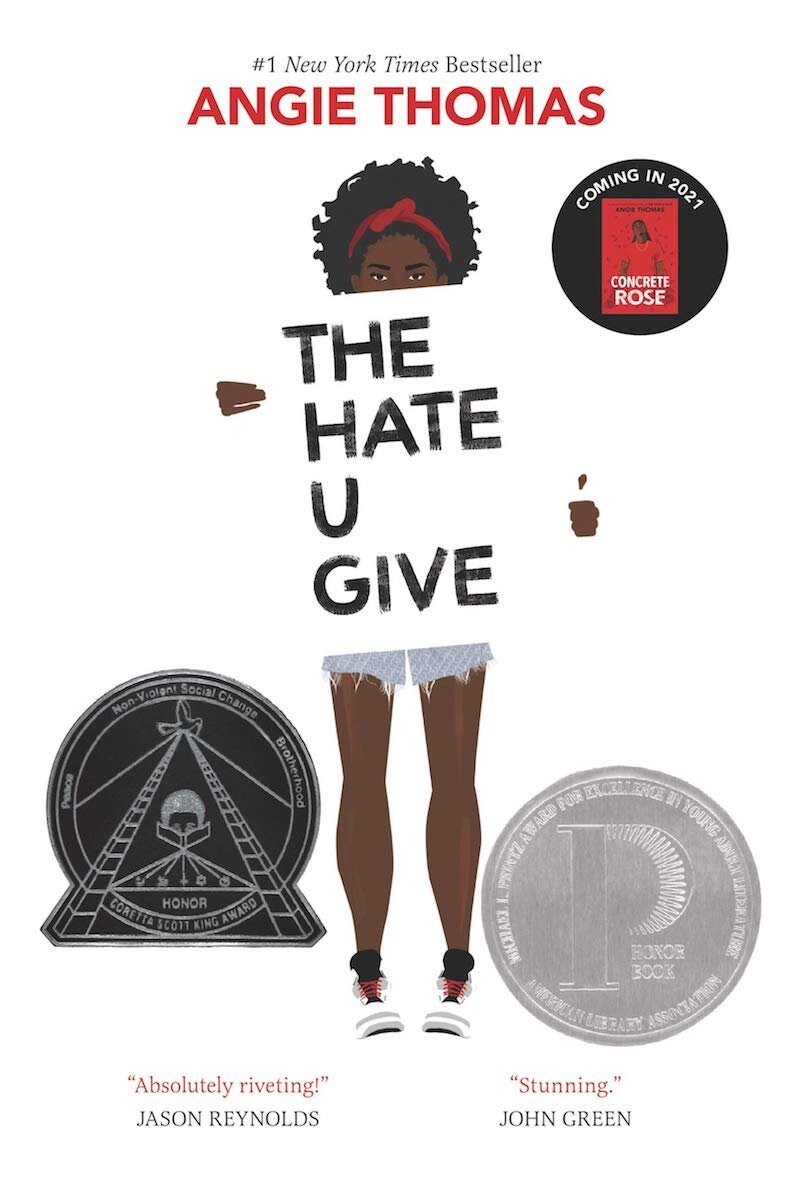Talking to Children about Race: The Middle School Years
Thanks for following through this series of talking to kids about race. If you’re just joining us, we encourage you to check out some of our earlier posts about how to talk with toddlers and elementary aged children about anti-racism, equity, and inclusion.
Today, we’re talking about adolescents. Though we’ve talked about the importance of raising anti-racist humans from birth, it’s never too late to start incorporating more diversity into your family’s home, media consumption, and conversations. As Maya Angelou once said, “You do the best you can until you know better. Then when you know better, do better.” Adolescents are experiencing a “remodel” in their brains, doing away with old, useless information, and strengthening their beliefs and ideals that are most enforced, so now is a great time to start or continue this work (1). The young brain is truly magical… even though the sometimes sour moods and slammed doors are not!
Your Child: Development of the Brain
Research has found that the brain does not fully develop or mature until the age of 25. That means that, though your middle-schooler’s brain is undergoing rapid development, their brain is continuing to grow and change. This moment in brain development brings the most change, restructuring, and growth in a human’s life, second only to the first five years of life. The two most important things they are learning at this age, social-emotional learning and empathy, are incredibly important in having more complex and critical conversations with your children about race, racism, equity, and inclusion.
The Committee for Children defines social-emotional learning as, “the process of developing the self-awareness, self-control, and interpersonal skills that are vital for school, work, and life success.” (2) Social-emotional learning is crucial for children at all ages, but at this age, it becomes the most developed and sophisticated. With increased self-awareness, your child can begin to evaluate their place in the world and the inherent privileges that come with that. They are also able to better understand that others around them may have a different life or a different life experience, helping them to better grasp the nuances that conversations around race, equity, and inclusion include.
Development of interpersonal skills also allows children to better connect with and interact with peers and adults. The active listening, responsibility, leadership, and patience that emerge at this time is important both to the continued development of the children in your life, but also to the success of future conversations about anti-racism. Research has also shown that children with higher skills in social-emotional learning have improved academic outcomes, are less likely to bully their peers, and have a lower risk for risky behaviors later in life. (3) All of these are important for helping your child create healthy bonds and relationships with their peers, and also for your child’s ability to be empathetic.
Merriman Webster defines empathy as, “the action of understanding, being aware of, being sensitive to, and vicariously experiencing the feelings, thoughts and experiences of another of either the past or present without having the feelings, thoughts, and experiencing fully communicated in an objectively explicit manner.” (4) When children are young, they are able to sympathize with others. Children as young as two can see someone hurt in front of them or on a screen, and understand a “boo boo” or an “owie” because they have also fallen or hurt themselves. It is harder for young children to understand “boo boos” that they can’t see like homophobia, transphobia, racism, or hateful biases. At this age, the frontal lobe continues to develop in the brain. The supramarginal gyrus which is between the parietal, temporal, and frontal lobes, also continues to develop. This is the part of the brain that research has shown “helps us to distinguish our own emotional state from that of other people and is responsible for empathy and compassion.” (5)
Throughout your child’s adolescence, as this part of the brain develops, talking with them about inequities in the world and in their community and helping them to think about how those who are impacted. Start small! Remember when your child saw everything as fair or unfair? Use this as a basis for some of the harder conversations that will come later, and to continue the foundation you have been building with your children.
Your Child: Development of Identity
The middle school years are a pivotal time in the development of your child, especially with the development of a strong sense of self. This is the first time that your child will begin to not only really think about their identity but to think about how their identity may affect their life. In large part, we create our identity completely on our own, but identities are also formed by environmental factors, including the media, friends, family, and the world around us.
Because your child will begin to really understand their identity and how that identity intersects with their environment, this is the time to begin to talk with your child about the concept of privilege. White privilege seems to be the privilege that is currently most acknowledged. Briefly, it is the concept that white people benefit from “unseen and unconscious advantages” based on the color of their skin in a country that was founded on the belief that white is superior to any other skin tone or race. Check out this article for a much deeper dive and ideas on how to use that privilege for good. (6) We are addressing race in this series, but many other privileges exist and those are important to acknowledge as well. BIPOC can carry privilege in other ways and not all white people carry additional privileges. Privilege can include being able-bodied, access to quality education, what socioeconomic class your family belongs to, or what zip code you live in, and your access to enrichment programs like camps (and play therapy!!).
Part of this identity development might include your child continuing to be independent and pushing for further independence. They might not come to you as readily with questions anymore but they are still seeking answers. Offer and encourage resources such as books, movies, and other media that discuss diversity and inclusion. Young adult books with diverse representation have become more popular in recent years. More and more books written by BIPOC are hitting the mainstream, making the reality of different communities more accessible. Many of these stories are written in the perspective of young people. This continues the theme of books being windows or mirrors for the reader. Below are some of our favorite books for middle-grade students.
Do things as a family that encourage conversation. Pick a book and read it together, making time to talk about what you notice in the book. Find documentaries, movies, and podcasts that discuss different social justice issues and watch or listen to them together. Attend community events and concerts in your community. Continue to make opportunities to normalize learning about other cultures, and to respect those cultures that are different from your own. (Remember not to tokenize others in making these opportunities to learn!!)
Your child’s frontal cortex is now more developed (but definitely not fully baked, thus the many ‘what were you thinking??’ moments) and you can ask them questions that are more complex and critical as their judgment and problem-solving develops. When your child is young, you can frame conversations around fairness or right and wrong so that they are able to understand it. Now you can begin to encourage them to think deeper. Yes, it’s not fair that Black people are treated differently than white people, but why is it not fair? What are some examples in history of people being treated differently because of what they look like, or where they are from? How have things changed for BIPOC people over time? What work still needs to be done? How can we be part of change and equity?
Your Child-The External Environment
If you’re an avid Ensemble Blog reader, you know Colleen is a fan of limiting screen time. But, by middle school and high school, completely limiting screen time is impossible, especially in the time of COVID-19 when literally everything is on the screens! Frequent, unbalanced, and unmonitored social media usage has been linked with high rates of adolescent and teen anxiety, depression, and other mental health concerns (7) so monitoring social media continues to be imperative.
With that in mind, social media can have its benefits. One of the biggest benefits can be how it can open the world to in a way adolescents and teens might not otherwise experience. Young activists like Mari Copeny, Greta Thunberg, Emma Gonzales, and other former Marjory Stoneman Douglas High School students can be inspiring and motivating for other young activists.
This age also brings a time of transition and change as children move from elementary school into middle school or junior high. This alone can cause stress and anxiety for your child as they maneuver a new school, new teachers, a new way to learn, and new peers. They might not want you to visit their school anymore or to be as involved, but continue to be involved in what they are learning, and what is happening at their school! Build on what they are learning or what conversations they are having in class. Ask questions, encourage them to ask questions, and encourage them to get involved. Do they see an issue in their school that they want to change? Encourage them to advocate for change! There are so many social justice issues currently impacting education, and as outlined above, so many efforts for change are being led by young people around the world. Show your child that you respect their ideas, respect their opinions, and are interested in helping them find the information and resources they might need.
This time also brings about the increased importance of friends and peers, as well as the increasingly important concepts of popularity, fitting in, and maintaining the status quo that exists in most middle and junior high schools. Sometimes maintaining the status quo and what is popular enforces rigid stereotypes and biases surrounding race, ethnicity, religion, and sexual orientation. All of this combined can lead to bullying and cyberbullying, and children who are racial minorities are the subjects of bullying more often than their white peers. According to a national survey from 2009, Asian American, African American, and Latinx students reported their race being the target of bullying at higher rates than their white peers. (8) That same study found that Asian-American students were four times more likely to be “targeted with race-related hate words” than their white peers. (9)
Continue to assess who your children are interacting with regularly and the messaging they might be hearing from them. Your children are taking cues not only from you but from those around them. Think about nannies, babysitters, friends of the family, caregivers of friends, club leaders, and the individuals at your student’s school. What are the messages your child is receiving about the world from these people? What messages are they receiving about you and your commitment to anti-racism from the people in your life? Think back to our post about anti-racism and your young children and how your baby only seeing faces that look like yours will teach your babies to fear faces that look different. It’s a similar concept, though your children are older and better able to understand who they should fear.
The middle school years are considered some of the most formative years in the life of your child for many reasons. Media and movies have jokingly made these years about raging hormones, first love, acne, and slammed doors. While this can be true, the development happening within your child’s brain is some of the most profound and the most important for your child and how they maneuver around their world.
It is during these important and crucial times that your child is really beginning to form their identity, understand their place in the world, and understand how their life may be different from others around them. Being a support, a guide, and an advocate for your child during this time helps to build on the foundation you have started when your children were born to raise an anti-racist child.
References:
Siegel, D. J. (2013). Brainstorm: The power and purpose of the teenage brain.
What Is Social-Emotional Learning? (2020, April 23). Retrieved September 24, 2020, from https://www.cfchildren.org/what-is-social-emotional-learning/
Making the Case for SEL. (2020, September 03). Retrieved September 24, 2020, from https://www.cfchildren.org/about-us/making-the-case-for-sel/
Empathy. (n.d.). Retrieved September 24, 2020, from https://www.merriam-webster.com/dictionary/empathy
Singer, T., & Paasche, K. (2013, October 09). I'm ok, you're not ok. Retrieved September 24, 2020, from https://www.mpg.de/research/supramarginal-gyrus-empathy
Collins, C. (Fall 2018). What is White Privilege, Really?. Teaching Tolerance. https://www.tolerance.org/magazine/fall-2018/what-is-white-privilege-really
Mayo Clinic Staff. (2019, December 21). Teens and social media use: What’s the impact?. Mayo Clinic. https://www.mayoclinic.org/healthy-lifestyle/tween-and-teen-health/in-depth/teens-and-social-media-use/art-20474437
Bullying and Victimization and Asian-American Students. (2012). Retrieved September 24, 2020, from https://www.apa.org/pi/oema/resources/ethnicity-health/asian-american/bullying-and-victimization
Bullying and Victimization and Asian-American Students. (2012). Retrieved September 24, 2020, from https://www.apa.org/pi/oema/resources/ethnicity-health/asian-american/bullying-and-victimization
















